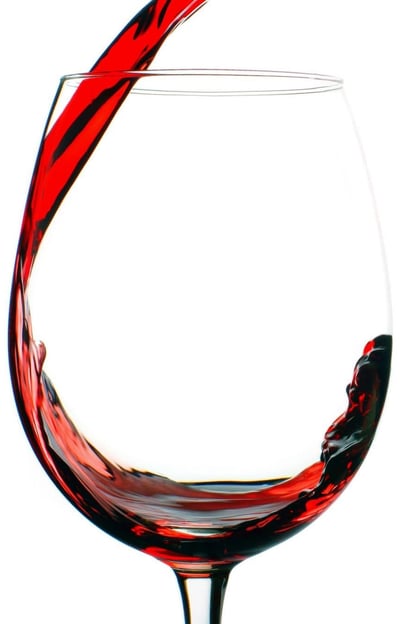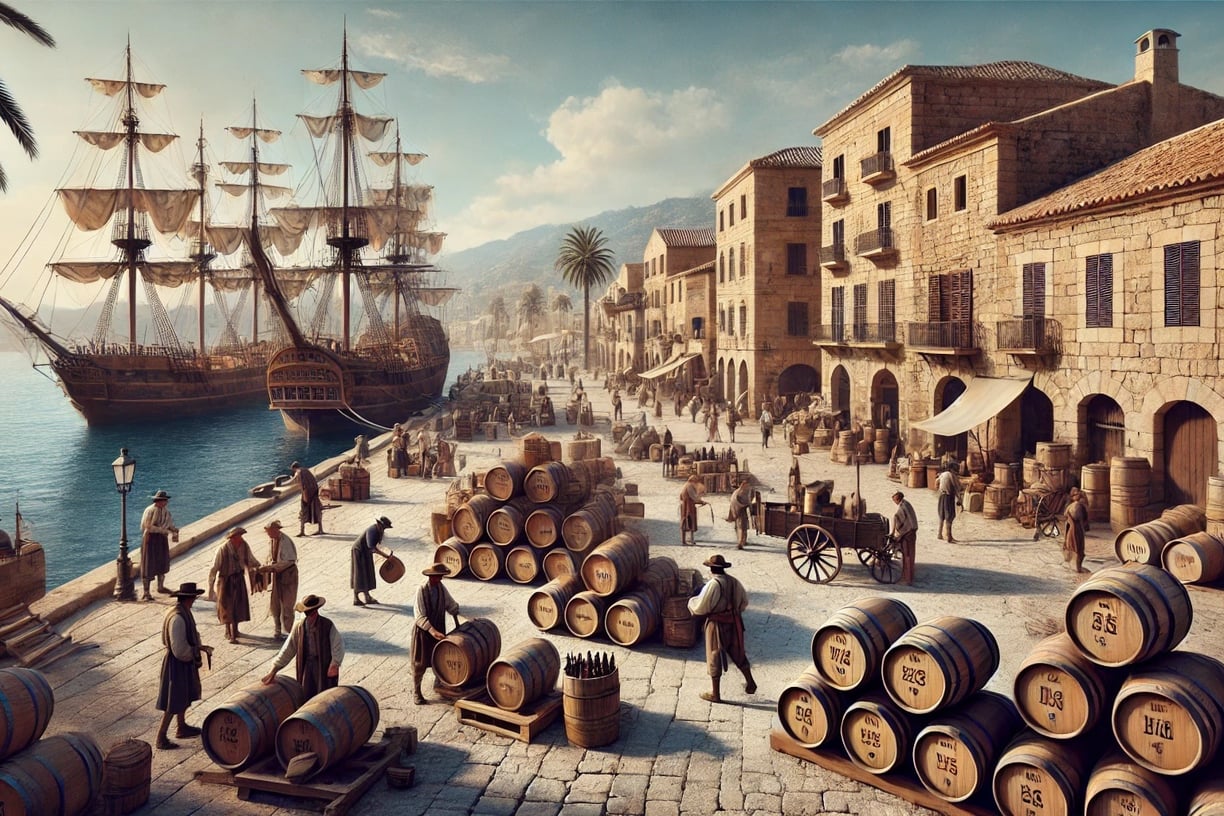Why Are Wine Bottles 750 ml?
Wine bottles are, in general, 750 ml (75 cl) and not one litre (1,000 ml). But why? Many myths and quirky explanations have been passed down over the years:






Why Are Wine Bottles 750 ml? The Truth Behind the Tradition
Wine bottles are, in general, 750 ml (75 cl) and not one litre (1,000 ml). But why? Many myths and quirky explanations have been passed down over the years:
• The lung capacity of a glassblower – Some say the size matched the breath capacity of a glassmaker when blowing a bottle.
• The ideal amount for a meal – Others claim it’s the perfect amount of wine to be consumed during a meal.
• The best volume for preserving wine – Some suggest it’s the optimum size to maintain the quality of the wine.
• Ease of transport – Others think it was about making shipping easier.
Despite the charm of these stories, none of them is true. The real reason for the 750 ml wine bottle size lies in practicality and international trade.
The Real Answer: A Gallon’s Influence
In the 19th century, when French winemakers were shipping vast amounts of wine abroad, their main customers were the English. At that time, the English measured liquids using the imperial gallon, which equalled 4.546 litres. French winemakers shipped their wine in barrels, with the standard Bordeaux barrel holding 225 litres, or 50 imperial gallons.
To make things simple, a 225-litre barrel divided evenly into 300 bottles, each containing 750 ml. This calculation was not only easy for shipping but also helped with taxation and pricing. As a result, the 750 ml bottle became the standard for trade and remains so today. Even modern wine cases, which usually hold 6 or 12 bottles, reflect this historical calculation.
Mallorca’s Wine Legacy
Mallorca, known for its stunning landscapes and beaches, has a deep-rooted wine culture that dates back to Roman times. The island’s ideal climate and fertile soils provided the perfect conditions for vine cultivation. Despite challenges like the phylloxera epidemic that devastated vineyards in the late 1800s, Mallorcan winemaking has made an impressive comeback.
Today, wine regions like Binissalem and Pla i Llevant produce some of the island’s finest wines, known for their unique flavours and use of native grape varieties like Manto Negro and Callet. With a focus on tradition and innovation, Mallorcan wines offer a true taste of the island’s rich history and culture.
So, the next time you enjoy a bottle of wine—whether it’s a rich Bordeaux or a fruity Mallorcan red—remember, you’re sipping on a bit of history, from the trade routes of old Europe to the vineyards of Mallorca. Wine is truly a drink of culture and tradition!
Cheers to that!


